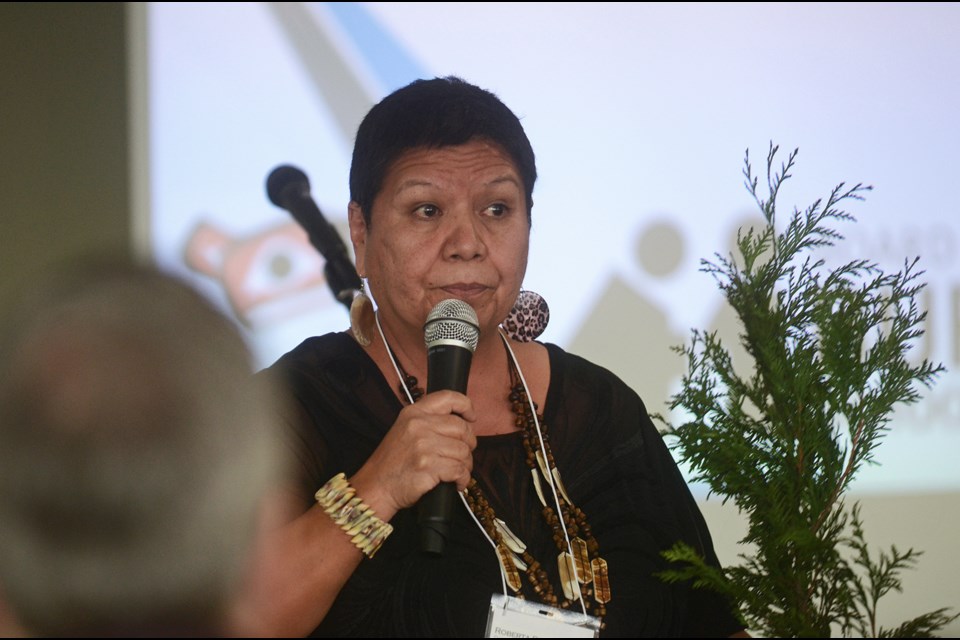A better understanding of aboriginal perspectives and how to make them a part of every student’s education was the goal of a B.C. ministry of education dialogue hosted by the Burnaby school district last week.
Ministry facilitators, local educators and a handful of parents and students met at the Fortius Sport & Health Centre Wednesday.
Since 2010, the province has been working to revamp its kindergarten to Grade 9 curriculum, and one of its guiding principles has been integrating “aboriginal worldviews and knowledge” into every student’s learning.
“The feedback that came back from everybody was, ‘We’re not sure what that means,’” provincial aboriginal education director Ted Cadwallader said Wednesday.
The ministry responded by organizing five dialogues in different school districts across the province and will use the ideas generated during the discussion to create a guidebook for teachers.
Asked why Burnaby was picked for one of the five sessions, Cadwallader said the ministry wanted a sampling of districts with different types of aboriginal populations.
“When we were looking at the composition of the five, I wanted to have a mix of districts that sat on strongly established First Nations traditional territories,” he said, “and I wanted to have school districts that dealt with an urban, mixed aboriginal population, where that population was very small.”
Burnaby fits into the second category.
Aboriginal students make up only about three per cent of the district’s 24,000-student population, according to School District No. 41 district vice-principal of aboriginal education, Brandon Curr, and a large proportion of Canada’s 630 First Nations are represented here.
Curr kicked off Wednesday’s discussions by describing a homegrown initiative aimed at helping local classroom teachers sort out what it means to integrate aboriginal worldviews into the classroom in a city like Burnaby.
Twenty-one local kindergarten to Grade 12 teachers are meeting for five half-day sessions with the district’s aboriginal education resource team, district literacy consultant and district elder Roberta Price,
Their first goal has been to increase their own curiosity about First Nations principles, stories and worldviews through discussions and by reading books by aboriginal authors, like Monique Gray, Smith Sherman Alexie, Bev Sellars, Richard Wagamese and Thomas King.
Another goal has been to take action in the classroom and then blog about it on the district’s aboriginal education website at blogs.sd41.bc.ca/aboriginaleducation/inquiry.
Examples outlined by Curr ranged from a personal totem project two Grade 2/3 teachers did with their students to a high school teacher who sparked a classroom discussion with a recent Maclean’s magazine article on racism in Winnipeg.
“We’re in the beginning stages of this work, but it is having quite an impact so far,” Curr said.
Both the local initiative and the provincial dialogues are aimed at making aboriginal worldviews and knowledge a part of every B.C. student’s education.
“It would help all of our students, not just our First Nations, Métis or Inuit students,” Cadwallader said. “It would help all of our students to understand a little bit more about the traditional territory on which they live.”
For Cadwallader, the ultimate goal was recently summed up by a band councillor in the Southeast Kootenay school district.
Asked what he’d like to see come out of the new curriculum, he told Cadwallader:
“It would be great if – when our students graduate from our public education system – they could all understand how they can contribute to reconciliation.”
The dialogues kicked off on Feb. 4 in Fort Rupert; they will wrap up in Kelowna on March 4.



